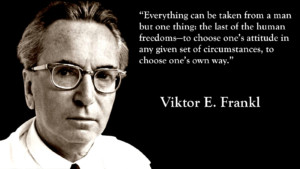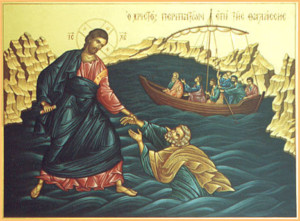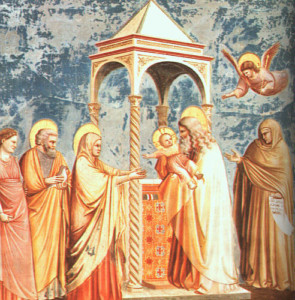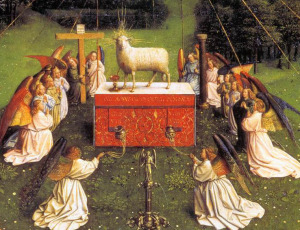At a press conference yesterday, the President was asked, “What do you say to Americans who are scared?” He didn’t really answer the question. Perhaps, in fairness, this sort of question is one that we should be asking our religious leaders. So I will take a shot at it and let the President focus on policy.
If you are scared, this means that you are human, and this is good. Possessing fear means valuing life and the good things of life like health, children, grandparents, friends, peace and community.
We sometimes mistakenly think that having courage means being fearless. But in fact, lacking fear makes one rash not courageous. Courage means fearing the right things the right amount. Since human beings lack immunity (at this moment) to the novel coronavirus, it threatens our lives. It really should make us cautious. Perhaps it should even enable us to make difficult decisions, painful in the short term, that will preserve life and the good things of life in the long run.
Of course, having too much fear is also a danger, hindering us from acting or moving us to make selfish decisions that cause more damage overall. Courage means taking the most rational action after judging how dangerous the situation really is.
At this moment, we are still learning what sort of danger COVID-19 poses to the things we love and cherish, and so we are called upon not only to be courageous, but patient. Patience is not something that comes easily to the American temperament, and here’s a chance to add a new virtue to our national character. While we wait, we are blessed to have many intelligent, motivated, energetic people working at understanding the nature of the disease and our best strategies to protect ourselves against it. We will not need to wait forever, just long enough to get clarity.
Making rational decisions and being patient requires that we master the thoughts that generate fear. It’s important to learn how to slow the panic response by sitting still and breathing deeply (this can be done in prayer). The next step is describing the situation and our options accurately and focusing on the overall goal. It is important to remember that COVID-19 is not fatal for most who contract the disease. Then, if our goal is keeping our families and neighbors safe, keeping the death count low and healthcare workers well-supported, and ultimately returning to good order and peace, we can focus on the actions that will get us there. Having the long-term goal in sight helps us to deal with potentially irrational fears that move us to counterproductive actions in the short term. For example, knowing that a vaccine will keep me healthy in the long run helps me to confront the pain of a shot in the short term.
Last of all, fearing rightly is a topic addressed by Jesus. Let me begin this final thought by pointing out that he spends much of his ministry reassuring others:
They were frightened, but he said to them, ‘It is I; do not be afraid.’ Then they were glad to take him into the boat. [John 6: 20-21]
After his resurrection, he continually urged his Apostles not to be afraid because death, that destroyer of all that we love, had been conquered. With that as background, we should note that Jesus also teaches us about fearing the right things in the right way.
Do not fear those who kill the body but cannot kill the soul; rather fear him who can destroy both soul and body in Gehenna.
Lest this sound too ominous, we should note that he adds:
Even the hairs of your head are all numbered. Fear not, therefore; you are of more value than many sparrows. [Matthew 10: 28; 30-31]
The first part of that quote is a restatement, in perhaps hyperbolic terms, of the well-known proverb, “The fear of the Lord is the beginning of wisdom [Proverbs 9: 10].” There are many ways to understand fear of the Lord, and in the Jewish and Christian traditions it is usually understand that this fear undergoes a maturation as we grow in faith. It typically begins as an acknowledgement that God is all-powerful and we are not, which should make us reticent about taking anything for granted in life (I plan to say more about this in a future post). Sobriety and humility are the entryway into understanding the world. But as we grow in virtue, this more servile fear grows to be a fear of losing God’s friendship through carelessness and superficiality.
Our present crisis calls upon all of us to act soberly and humbly, but also with profound desire to do what is truly best for our neighbor, what is truly just and upright. A proper fear of failure in these areas is a good motivation to take courage and make our own contribution to the long-term goal of restoring peace.

